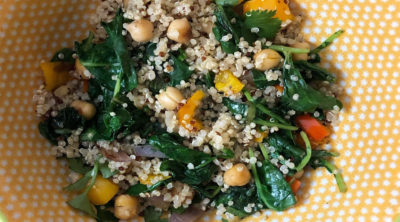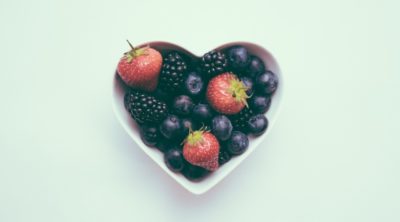Yoga is a powerful yet gentle form of exercise that yields health benefits you can take advantage of throughout life.
That said, you shouldn’t assume your yoga practice is over when you finish a session. Yoga is a lifestyle in many ways. For instance, to enjoy the full benefits yoga has to offer, it’s important to eat the right foods as well.
Not sure what those are? These yoga diet recipes can help!
Before Breakfast
To start your day off strong, it’s important to wake up with a cup of Chyawanprash. This herbal blend is one of Ayurveda’s best kept secrets. Created nearly 5,000 years ago by the respected sage, Chywan, to improve the quality of life and increase longevity, it brings clarity and focus to your mind. In fact, the Sanskrit root word, “prash,” means to consume intentionally. This makes it perfect to use before or after meditation. The act of drinking it can be a meditation in itself.
You can mix it with hot water or milk and take it first thing in the morning to provide your body with nutrition and calm your nervous system. It also works to prepare your body and digestive system for eating breakfast.
Breakfast
Food is what fuels your body. Thus, it’s important to start your day with nutritious foods. Doing so will provide you with the energy you need to thrive.
For a healthy yoga breakfast, it’s best to start with a fruit salad. Slice up two apples and two bananas, add in some chopped walnuts, about a tablespoon of lemon juice, four tablespoons of honey, and a little bit of yogurt.
Eating fruit for breakfast is a particularly good idea, as it contains not only key nutrients, but also high water content, providing your body with much-needed hydration.
If you don’t have the time to make a fruit salad, nuts are also beneficial in the morning. They’ll deliver protein (ideal for someone who avoids animal products), as well as antioxidants, magnesium, and potassium. You could even combine a few varieties together to make a “trail mix” if you’re on the go.
Lunch
When lunch rolls around, a “Buddha bowl” makes for a perfect meal to complement your yoga practice.
The specific ingredients you may use in a Buddha bowl vary depending on your preferences. A basic recipe would include one cup of quinoa, a quarter cup garbanzo beans or hummus, one cup of kale, some bean sprouts, a sliced radish, and a teaspoon of sesame seeds. Top it off with your favorite healthful dressing to ensure you get your dose of healthy fats. Dressings should be vinegar or avocado based.
The recipe above is clearly vegan. If you’d like a little extra protein, you may add grilled chicken to the bowl as well. Your main goal is to include lean protein, vegetables, whole grains, legumes and nuts. Experiment with different combinations to find one that works for you!
Dinner
In Ayurveda, people are often encouraged to make lunch the biggest meal of the day. Dinner should actually be lighter. Thus, a nutritious salad or warming soup is often a good dinner choice depending on the season.
For example, a summer salad recipe might include one trimmed bunch of watercress, a sliced and seeded green pepper, juice from one grapefruit, a little bit of olive oil, and a handful of walnuts. Add moderate amounts of salt and pepper to your liking. As before, you can add grilled chicken if you like, though yoga diet recipes often tend to exclude animal products whenever possible.
It’s important to note that the ingredients and recipes we’ve mentioned should be modified based on your constitution or body type. Vatas, Pittas and Kaphas require unique nutrients to keep their energies balanced. With this in mind, you can start creating recipes that will help you enjoy your yoga practice to the fullest!
Reviewed by Dr. Jayant Lokhande, MD (Botanical Drugs), MBA (Biotechnology)


